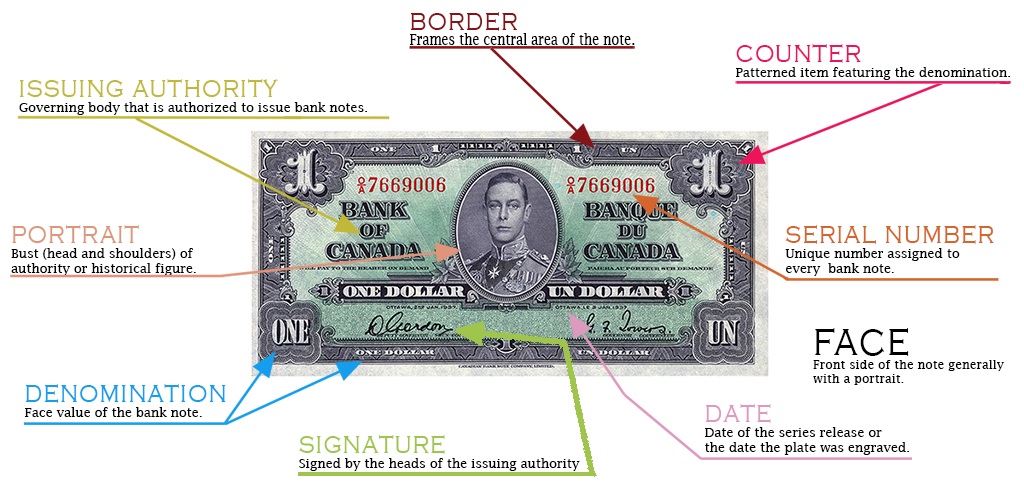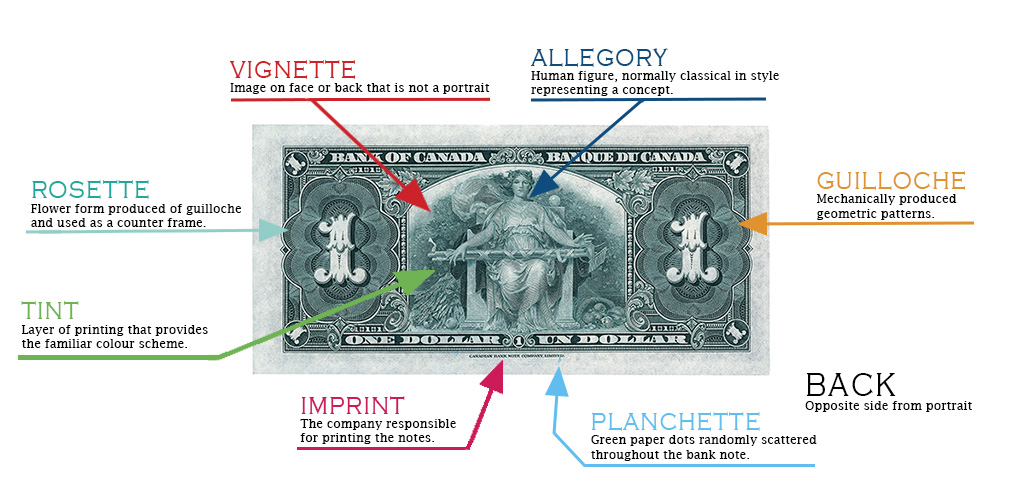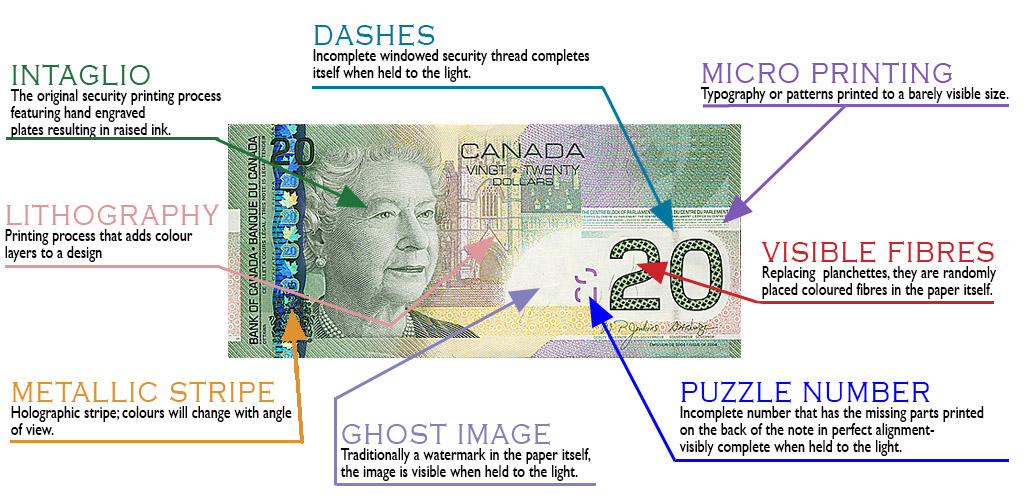Knowing your Bank notes
Suppose you walk into a bar frequented by currency collectors and in an attempt to join in you refer to a ‘planchette’ as a ‘rosette’ (beer mugs hit the tables and the pianist stops playing). This could be pretty humiliating and you’ll probably never be able to go to that bar again, at least not on numismatic night. To save you this possible embarrassment and also to further your education as a budding collector of currency, we’d like to help you familiarize yourself with the major elements of Canadian bank notes.
We want to hear from you! Do you have an idea for a blog post you’d like to see?
Content type(s):
Blog posts
The Museum Blog
May 22, 2025
Speculating on the piggy bank
By: Graham Iddon
Ever since the first currencies allowed us to store value, we’ve needed a special place to store those shekels, drachmae and pennies. And the piggy bank—whether in pig form or not—has nearly always been there.
Content type(s):
Blog posts
Subject(s):
Arts,
Business,
Economics,
English language arts,
Financial literacy,
Geography,
Health,
History,
Math,
Science
Grade level(s):
Grade 09 / Secondary 3,
Grade 10 / Secondary 4,
Grades 11 and 12 / Secondary 5
February 26, 2025
New acquisitions—2024 edition
Bank of Canada Museum’s acquisitions in 2024 highlight the relationships that shape the National Currency Collection.
Content type(s):
Blog posts
February 11, 2025
Money’s metaphors
Buck, broke, greenback, loonie, toonie, dough, flush, gravy train, born with a silver spoon in your mouth… No matter how common the expression for money, many of us haven’t the faintest idea where these terms come from.
Content type(s):
Blog posts
August 6, 2024
Treaties, money and art
The Bank of Canada Museum’s collection has a new addition: an artwork called Free Ride by Frank Shebageget. But why would a museum about the economy buy art?
Content type(s):
Blog posts
Subject(s):
Arts,
History
July 16, 2024
Rai: big money
By: Graham Iddon
An item is said to have cultural value when it can be directly associated with the history, people, beliefs or rituals important to a society. It’s the same with a rai—its value can be greater depending upon who authorized it, who carved it and who subsequently owned it.
Content type(s):
Blog posts
Subject(s):
Economics,
Geography,
History
Grade level(s):
Grades 11 and 12 / Secondary 5








